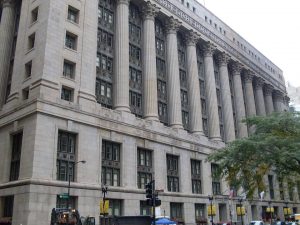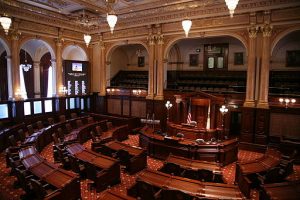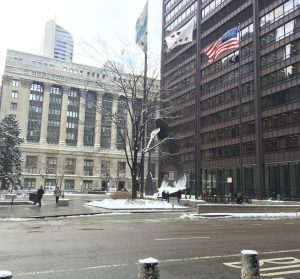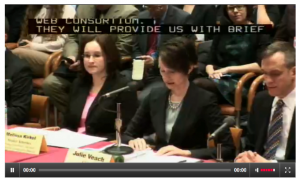Chicago Public School officials announced a new admission plan to maintain diversity by using socio-economic status versus race factors for selective enrollment and magnet schools
Selective enrollment schools, some of the brightest jewels of Chicago’s public school system, are undergoing major changes that will affect the way students are admitted to coveted spots in the nine selective enrollment high schools scattered throughout the city. School officials said they devised the new plan in an effort to maintain diversity in the schools designed for academic achievers.
The new plan will effect the admissions cycle for the freshman class of 2010, replacing a previous race-based admissions process with a socio-economic strategy that will be factored into the applications of students with the highest composite scores.
On Dec. 16 the Chicago Public School Board adopted the new plan designed to maintain diversity in the selective enrollment high schools. The changes also affect the school district’s elementary and secondary “magnet schools,” which focus their curriculum on specialized areas and choose their students through a lottery system.
The board’s decision came after six community meetings were held from Nov. 14-21, 2009, during which school officials outlined the proposed new admissions policy. They explained that they no longer could use race in a formulated matter for admission. To replace the race-based criteria, but still maintain diversity, CPS will consider socio-economic factors such as the students’ neighborhoods, their parents’ marital status, family income, adult educational attainment and home ownership.
CPS had been considering race in admission procedures since 1980 in order to comply with a consent decree designed to desegregate the city’s schools. The new Post Desegregation Plan was implemented after U.S. District Court Judge Charles P. Kocoras vacated on Sept. 24, 2009, the nearly 30-year desegregation consent decree. Kocoras cited the city’s shifting racial demographic and 2007 decisions by the U.S. Supreme Court that found schools could not use race as a factor in admission decisions after two separate cases from Seattle and Louisville, Ky. came before the country’s high court.
The local community informational meetings were held at Andrew Jackson Elementary Language Academy, Little Village High School, King College Prep, Amundsen High School, Simeon High School and Westinghouse High School.
At the meetings, the new plan drew its share of controversy for everything from its short public notice period to charges that it was unfair to various income groups, neighborhoods, races and some students who had the admission rules changed on them at the last minute. A few people asked for more selective schools to meet the demand, while at least one observed that the rush to get into the magnet and selective schools was an indictment revealing the poor performance of the majority of the district’s regular schools.
What follows is a Columbia College Chicago student project completed for a beginning level Reporting & Writing II class during the Fall 2009 session. It explores the reactions of parents, educators and community members, concerning the new socio-economic admissions plan. Columbia students were required to attend and report on at least two community meetings and focus on the selective enrollment schools. In addition to writing an article, each student was required to do a video interview of at least one person affected by the admission-policy changes. For many students, these mini-profiles are among their first attempts at video/broadcast reporting and editing. The individually edited videos were strung together into a group project. The resulting composite video provides a very small glimpse into this very complicated and controversial topic.
[youtube]http://www.youtube.com/watch?v=LCeONkqsA8k[/youtube]
Video reporting work done by: Merika With, Brandon Love, Noel Tijerina, Christopher Lea, Bianca Word, Veronica Harrison and Olivia Jackson.
Instructor Marla Donato
To see the Chicago Public Schools press release, “Community input results in changes to magnet, selective enrollment policy,” click here.
For more on this story, check out WBEZ Chicago Public Radio reports from November and from Dec. 16 after the plan was approved.





















Be First to Comment